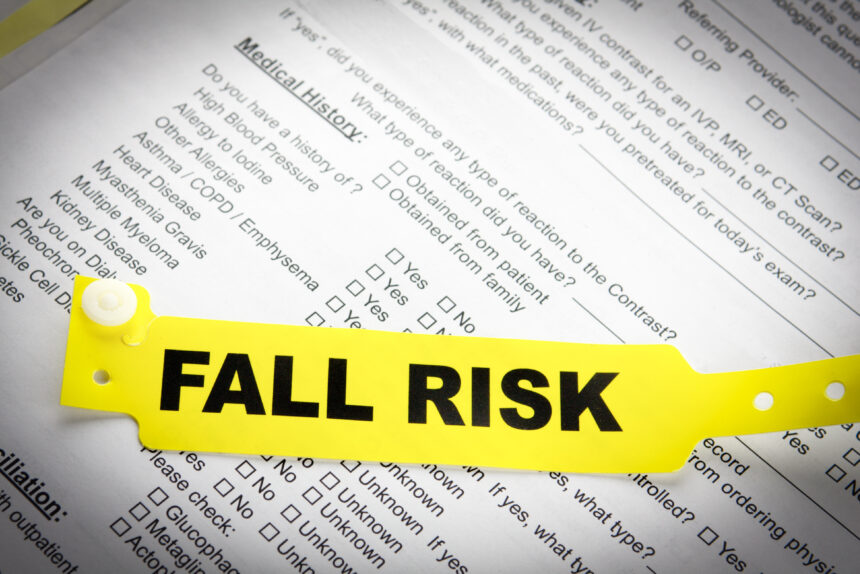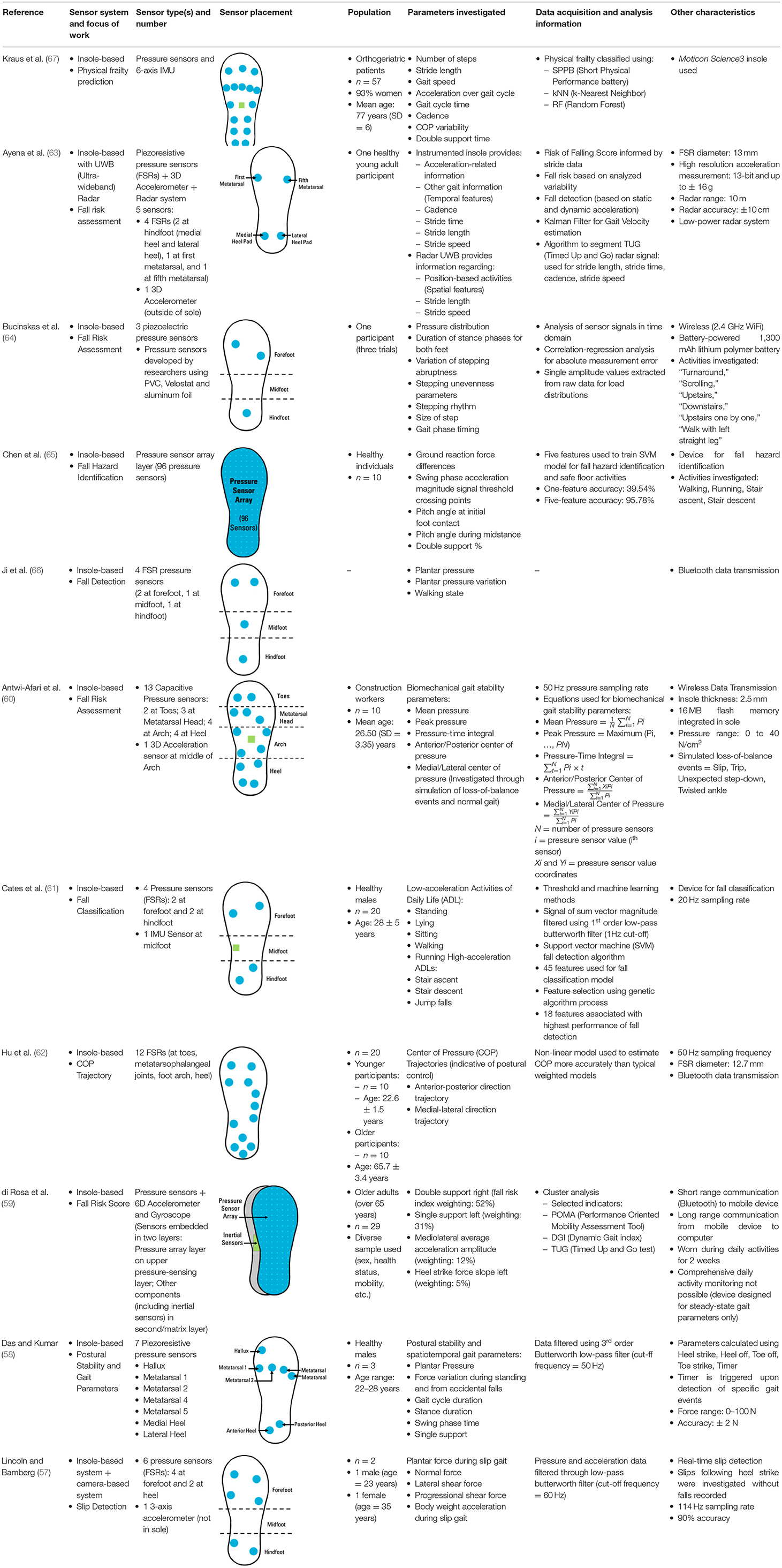Dementia Fall Risk Can Be Fun For Everyone
Wiki Article
An Unbiased View of Dementia Fall Risk
Table of ContentsDementia Fall Risk Can Be Fun For AnyoneIndicators on Dementia Fall Risk You Should KnowThe Main Principles Of Dementia Fall Risk The Main Principles Of Dementia Fall Risk
An autumn threat analysis checks to see how most likely it is that you will certainly fall. It is mostly provided for older grownups. The analysis typically includes: This consists of a series of inquiries concerning your general health and wellness and if you've had previous drops or issues with balance, standing, and/or walking. These tools examine your stamina, equilibrium, and gait (the way you walk).Interventions are recommendations that may minimize your danger of dropping. STEADI includes three actions: you for your risk of falling for your danger aspects that can be boosted to try to avoid drops (for example, balance problems, impaired vision) to reduce your risk of falling by using efficient methods (for instance, supplying education and learning and resources), you may be asked a number of concerns including: Have you fallen in the previous year? Are you worried about falling?
If it takes you 12 seconds or more, it might indicate you are at higher risk for a loss. This examination checks stamina and equilibrium.
The placements will certainly get tougher as you go. Stand with your feet side-by-side. Move one foot halfway ahead, so the instep is touching the big toe of your various other foot. Move one foot fully before the other, so the toes are touching the heel of your other foot.
The Greatest Guide To Dementia Fall Risk
A lot of drops occur as a result of several adding variables; therefore, handling the threat of dropping starts with recognizing the variables that add to fall danger - Dementia Fall Risk. Some of one of the most pertinent danger variables include: Background of previous fallsChronic clinical conditionsAcute illnessImpaired gait and balance, reduced extremity weaknessCognitive impairmentChanges in visionCertain high-risk medicines and polypharmacyEnvironmental elements can additionally raise the danger for drops, including: Poor lightingUneven or damaged flooringWet or unsafe floorsMissing or harmed handrails and grab barsDamaged or incorrectly equipped equipment, such as beds, mobility devices, or walkersImproper usage of assistive devicesInadequate guidance of the individuals residing in the NF, consisting of those that exhibit aggressive behaviorsA effective autumn danger administration program requires a detailed clinical analysis, with input from all members of the interdisciplinary team

The care strategy should likewise consist of interventions that are system-based, such as those that Learn More promote a risk-free setting (appropriate lights, hand rails, get bars, etc). The performance of the treatments must be assessed periodically, and the treatment plan revised as needed to show modifications in the autumn risk analysis. Executing a loss threat monitoring system making use of evidence-based finest practice can reduce the occurrence of drops in the NF, while limiting the potential for fall-related injuries.
What Does Dementia Fall Risk Do?
The AGS/BGS guideline recommends evaluating all adults matured 65 years and older for loss threat annually. This testing is composed of asking clients whether they have actually fallen 2 or more times in the previous year or looked for medical attention for an autumn, or, if they have actually not dropped, whether they feel unsteady when strolling.People who have actually dropped once without injury should have their equilibrium and gait assessed; those with gait or go to my site equilibrium problems ought to obtain extra assessment. A history of 1 fall without injury and without stride or equilibrium troubles does not require more evaluation beyond continued annual fall risk screening. Dementia Fall Risk. A loss threat assessment is required as part of the Welcome to Medicare examination

The Best Guide To Dementia Fall Risk
Recording a falls history is just one of the quality indicators for fall avoidance and management. An essential part of risk evaluation is a medication evaluation. Several classes of medications increase loss risk (Table 2). copyright medicines specifically are independent predictors of drops. These medicines often tend to be sedating, change the sensorium, and impair balance and click to find out more stride.Postural hypotension can typically be reduced by reducing the dose of blood pressurelowering medications and/or quiting medicines that have orthostatic hypotension as an adverse effects. Use above-the-knee support tube and sleeping with the head of the bed raised may additionally lower postural decreases in high blood pressure. The recommended components of a fall-focused checkup are displayed in Box 1.

A yank time above or equal to 12 secs recommends high autumn danger. The 30-Second Chair Stand examination examines lower extremity strength and balance. Being incapable to stand from a chair of knee elevation without using one's arms indicates increased loss risk. The 4-Stage Equilibrium test examines fixed balance by having the client stand in 4 placements, each gradually a lot more tough.
Report this wiki page